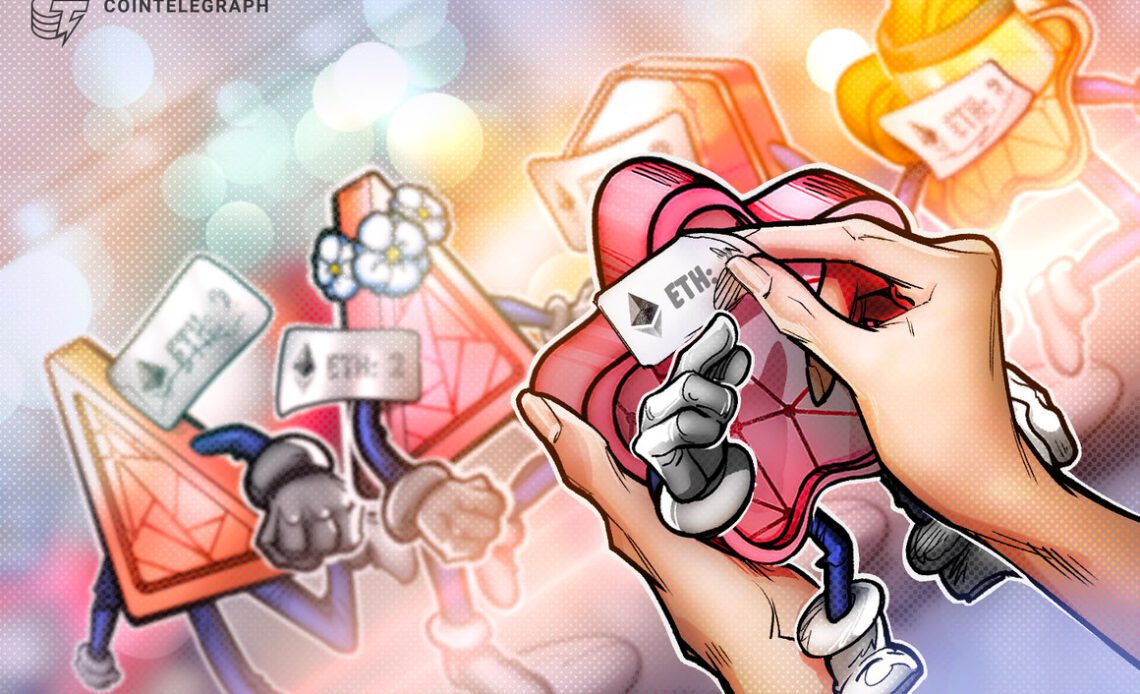Early in 2021, markets for nonfungible tokens (NFTs) started to gain some notoriety, and by the end of March 2021, this new market for digital assets had a total lifetime traded volume of about $550 million. Any digital asset can be an NFT including collectibles, artwork, video game characters, virtual world objects and digitized sports.
A blockchain, often one on the Ethereum network, is where an NFT’s ownership is recorded. However, the sale of this digital asset will result in ownership transfers and the blockchain recording of the crypto payment received. This isn’t to say that NFTs and cryptocurrencies are the same. In general, one of the fundamental properties of cryptocurrencies and fiat money is fungibility or interchangeability, whereas the nonfungibility characteristic of NFTs makes them valuable.
This article will discuss how to price NFTs with profitability, what makes NFT’s floor price go up, how to know if your NFT is valuable or not and how much you should charge for an NFT.
How are NFT prices determined?
As artists in the Web3 space begin their NFT journey, they may frequently find themselves considering the vital question: “How does one price their art?” or “what is the best strategy to sell NFTs?” Although there are no fixed strategies to price nonfungible tokens, NFT sellers may choose to sell them at the listing price in a secondary marketplace. Alternatively, they may conclude the sale at a price that a buyer is willing to pay, called buyer price.
Regardless, being the creator, you have full authority to choose the best NFT pricing strategy. However, if you set your price too high, you risk never being able to sell that item, and if you select your price too low, it will be more challenging to raise it gradually. So here are a few things to consider to determine how much you should charge for an NFT or how to price your NFT art pieces.
Understand different types of costs involved
Different kinds of costs are implied while producing and selling NFTs, including creation costs such as the wages of a professional 3D artist if one needs to learn how to create nonfungible tokens themselves. Using a zero code tokenization platform like TokenMint might be an alternative option for those with a non-software development background.
Other costs involve minting costs that may vary with the fluctuating gas fees, marketplace fees for minting or listing nonfungible tokens, selling fees charged by NFT marketplaces and the cost of marketing…
Click Here to Read the Full Original Article at Cointelegraph.com News…
























